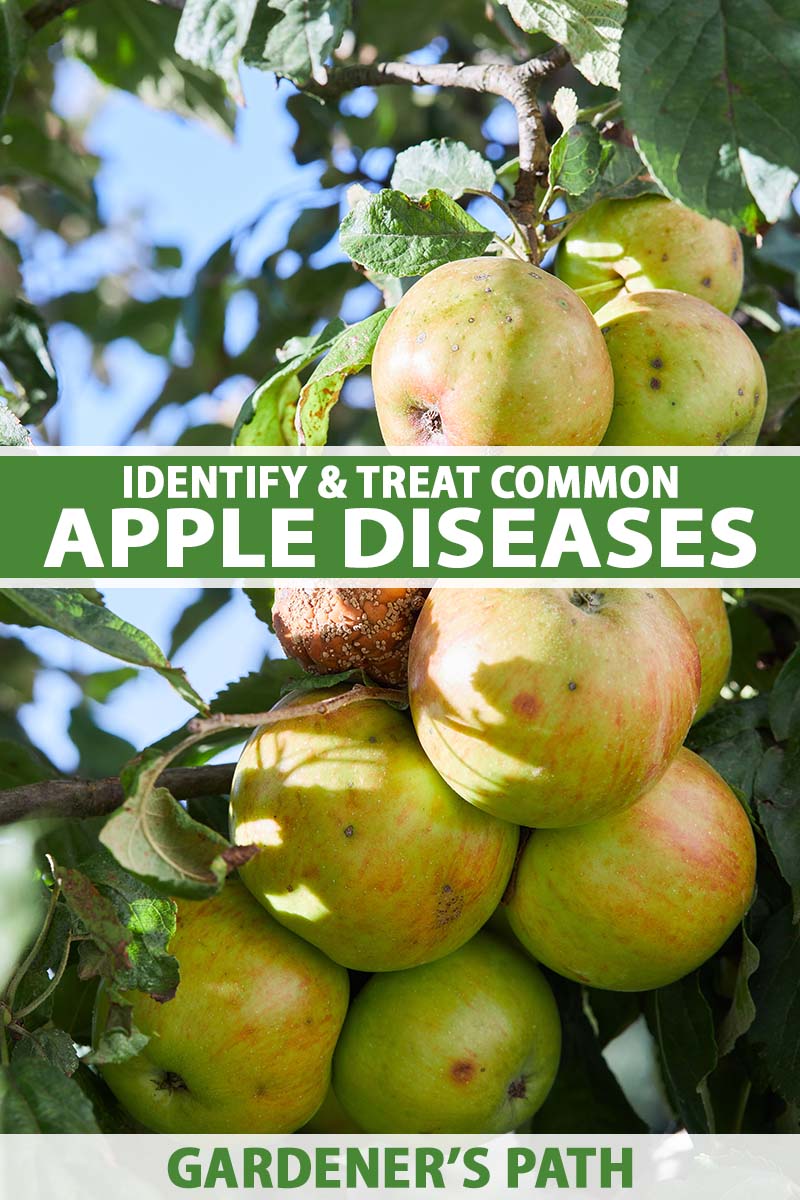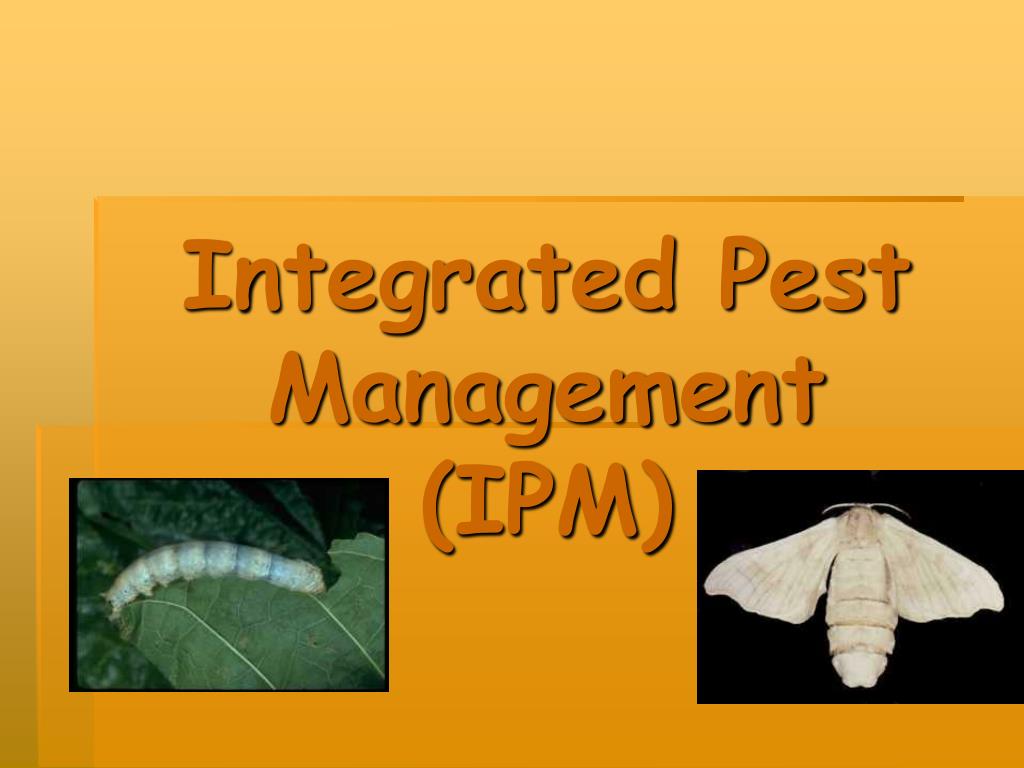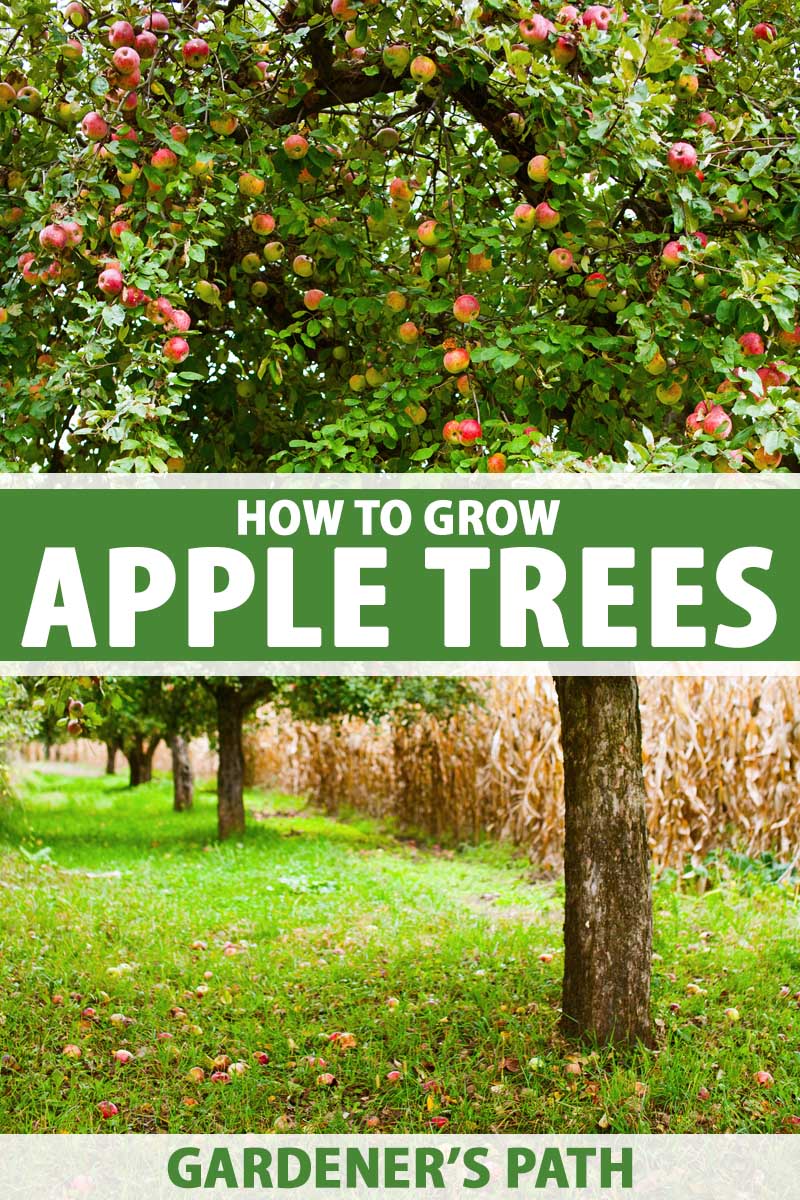Recognizing the Signs of Disease: Common Apple Tree Ailments
Apple tree diseases can have a devastating impact on orchard productivity and tree health. Early detection is crucial to prevent the spread of disease and minimize damage. Common apple tree diseases include powdery mildew, scab, and fire blight. Powdery mildew, caused by the fungus Podosphaera leucotricha, appears as a white, powdery coating on leaves and fruit. Scab, caused by the fungus Venturia inaequalis, manifests as olive-green spots on leaves and fruit. Fire blight, caused by the bacterium Erwinia amylovora, is characterized by blackened, shriveled leaves and twigs.
Regular monitoring of apple trees is essential to identify disease symptoms early. Growers should inspect trees regularly, looking for signs of disease such as unusual growth patterns, discoloration, or damage to leaves and fruit. By recognizing the signs of disease, growers can take prompt action to treat the issue and prevent further damage.
Untreated apple tree diseases can lead to reduced yields, lower fruit quality, and even tree death. Furthermore, diseased trees can become a source of infection for other trees, spreading disease throughout the orchard. Therefore, it is essential to address disease issues promptly and effectively. By understanding the common diseases that affect apple trees and recognizing the signs of disease, growers can take the first step towards maintaining a healthy and productive orchard.
When it comes to how to treat apple tree diseases, a comprehensive approach is necessary. This includes a combination of cultural practices, such as pruning and sanitation, as well as chemical controls, like fungicides and bactericides. By integrating these methods, growers can develop an effective disease management strategy that minimizes the risk of disease and promotes overall tree health.
Understanding the Causes of Disease: Environmental and Pests Factors
Apple tree diseases are often the result of a combination of environmental and pest-related factors. Temperature fluctuations, humidity, and insect infestations can all contribute to the development of disease. For example, powdery mildew is more likely to occur in warm, dry conditions, while scab is more common in cool, wet weather.
Insect infestations, such as aphids and codling moths, can also play a role in the spread of disease. These insects can transmit disease-causing pathogens from tree to tree, and can also create wounds that provide an entry point for disease. Additionally, insect infestations can weaken the tree, making it more susceptible to disease.
To create a balanced ecosystem that prevents disease, growers can take several steps. One approach is to promote biodiversity in the orchard by planting a variety of tree species and incorporating beneficial insects and microorganisms. This can help to break the disease cycle and reduce the risk of disease.
Another approach is to use cultural practices that promote tree health, such as pruning and sanitation. Pruning can help to remove diseased or damaged tissue, while sanitation can help to prevent the spread of disease. By removing weeds and debris from the orchard, growers can reduce the risk of disease and create a more balanced ecosystem.
When it comes to how to treat apple tree diseases, understanding the environmental and pest-related factors that contribute to disease is crucial. By taking a holistic approach to disease management, growers can create a balanced ecosystem that promotes tree health and reduces the risk of disease.
Some of the key environmental factors that contribute to apple tree diseases include temperature, humidity, and soil moisture. By monitoring these factors and taking steps to create a balanced ecosystem, growers can reduce the risk of disease and promote tree health.
In addition to environmental factors, pest-related factors can also play a role in the development of disease. By using integrated pest management (IPM) strategies, growers can reduce the risk of disease and promote tree health. IPM strategies can include the use of beneficial insects, biological control methods, and cultural practices that promote tree health.
How to Diagnose Apple Tree Diseases: A Step-by-Step Guide
Accurate diagnosis is crucial for effective treatment of apple tree diseases. A step-by-step approach can help growers identify the disease and take prompt action to prevent further damage. The following steps outline a comprehensive guide to diagnosing apple tree diseases:
Step 1: Visual Inspection – Conduct a thorough visual inspection of the tree, looking for signs of disease such as unusual growth patterns, discoloration, or damage to leaves and fruit. Take note of any symptoms and their location on the tree.
Step 2: Laboratory Testing – Collect samples of affected tissue and send them to a laboratory for testing. This can help identify the disease-causing pathogen and determine the best course of treatment.
Step 3: Consult with Experts – Consult with a tree care professional or a local nursery expert to get a second opinion on the diagnosis. They can provide valuable insights and recommend the best treatment options.
Step 4: Review Tree History – Review the tree’s history, including its age, variety, and past disease issues. This can help identify potential disease risks and inform treatment decisions.
Step 5: Monitor Tree Health – Continuously monitor the tree’s health, looking for signs of disease and taking prompt action to prevent further damage.
When it comes to how to treat apple tree diseases, accurate diagnosis is essential. By following these steps, growers can identify the disease and take effective action to prevent further damage.
It’s also important to note that some diseases may have similar symptoms, making diagnosis more challenging. In such cases, it’s essential to consult with experts and conduct further testing to determine the correct diagnosis.
In addition to these steps, growers can also use various diagnostic tools, such as disease forecasting models and decision support systems, to help identify diseases and determine the best treatment options.
By following a step-by-step approach to diagnosis and using a combination of visual inspection, laboratory testing, and expert consultation, growers can accurately identify apple tree diseases and take effective action to prevent further damage.
Organic and Integrated Pest Management (IPM) Strategies for Disease Control
Organic and integrated pest management (IPM) strategies offer a holistic approach to disease control, minimizing the use of chemical pesticides and fungicides. These methods focus on creating a balanced ecosystem, where beneficial organisms and natural processes work together to prevent disease.
One of the key benefits of organic and IPM strategies is the use of natural fungicides, such as copper and sulfur. These fungicides are gentler on the environment and can be used in combination with other methods to create a comprehensive disease control plan.
Pruning is another essential component of organic and IPM strategies. By removing diseased or damaged tissue, growers can prevent the spread of disease and promote healthy growth. Pruning can also help to improve air circulation, reducing the risk of disease.
Biological control methods, such as introducing beneficial insects or microorganisms, can also be used to control disease. For example, introducing beneficial insects like lady beetles or lacewings can help to control aphid populations, reducing the risk of disease.
When it comes to how to treat apple tree diseases, organic and IPM strategies offer a valuable alternative to chemical controls. By creating a balanced ecosystem and using natural methods to control disease, growers can promote healthy growth and reduce the risk of disease.
Some of the key benefits of organic and IPM strategies include reduced chemical use, improved soil health, and increased biodiversity. By adopting these methods, growers can create a more sustainable and resilient orchard, better equipped to withstand disease and other challenges.
In addition to these benefits, organic and IPM strategies can also help to reduce the development of pesticide-resistant pests and diseases. By using a combination of methods to control disease, growers can reduce the risk of resistance and promote long-term orchard health.
Overall, organic and IPM strategies offer a valuable approach to disease control, promoting a balanced ecosystem and minimizing the use of chemical pesticides and fungicides. By adopting these methods, growers can create a healthier, more resilient orchard, better equipped to withstand disease and other challenges.
Chemical Controls: When and How to Use Fungicides and Bactericides
Chemical controls, such as fungicides and bactericides, can be an effective way to manage apple tree diseases. However, it’s essential to use these chemicals judiciously and follow label instructions carefully to minimize the risk of environmental harm and the development of pesticide-resistant pests.
Fungicides are used to control fungal diseases, such as powdery mildew and scab. These chemicals can be applied as a preventative measure or as a treatment after disease symptoms appear. Bactericides, on the other hand, are used to control bacterial diseases, such as fire blight.
When using chemical controls, it’s crucial to follow the label instructions carefully. This includes using the recommended dosage, application timing, and safety precautions. It’s also essential to rotate chemical controls to minimize the risk of pesticide-resistant pests.
In addition to following label instructions, it’s also important to consider the environmental impact of chemical controls. This includes minimizing the use of chemicals, using integrated pest management (IPM) strategies, and choosing chemicals that are safer for the environment.
When it comes to how to treat apple tree diseases, chemical controls can be a valuable tool. However, it’s essential to use these chemicals judiciously and in combination with other disease management strategies, such as cultural practices and biological controls.
Some of the key benefits of chemical controls include rapid disease control, ease of application, and cost-effectiveness. However, these benefits must be weighed against the potential risks, such as environmental harm and the development of pesticide-resistant pests.
Overall, chemical controls can be a valuable tool in the management of apple tree diseases. However, it’s essential to use these chemicals judiciously and in combination with other disease management strategies to minimize the risk of environmental harm and the development of pesticide-resistant pests.
Cultural Practices for Disease Prevention: Pruning, Watering, and Nutrition
Cultural practices play a crucial role in preventing apple tree diseases. By adopting good cultural practices, growers can create a healthy and resilient tree that is better equipped to withstand disease. Pruning, watering, and nutrition are three key cultural practices that can help prevent disease.
Pruning is an essential cultural practice that can help prevent disease. By removing diseased or damaged tissue, growers can prevent the spread of disease and promote healthy growth. Pruning can also help to improve air circulation, reducing the risk of disease.
Watering is another important cultural practice that can help prevent disease. Apple trees need adequate water to grow and thrive, but overwatering can lead to disease. Growers should aim to provide their trees with about 1 inch of water per week, either through rainfall or irrigation.
Nutrition is also critical for disease prevention. Apple trees need a balanced diet of nutrients to grow and thrive. Growers can provide their trees with the necessary nutrients through fertilization. However, it’s essential to follow the recommended fertilization schedule to avoid overfertilizing, which can lead to disease.
When it comes to how to treat apple tree diseases, cultural practices are an essential part of the equation. By adopting good cultural practices, growers can create a healthy and resilient tree that is better equipped to withstand disease.
Some of the key benefits of cultural practices include improved tree health, increased yields, and reduced disease risk. By adopting good cultural practices, growers can create a sustainable and resilient orchard that is better equipped to withstand disease and other challenges.
In addition to pruning, watering, and nutrition, other cultural practices that can help prevent disease include sanitation, irrigation management, and soil conservation. By adopting these practices, growers can create a comprehensive disease prevention strategy that promotes long-term tree health.
Biological Controls: Using Beneficial Organisms to Combat Disease
Biological controls, such as beneficial insects and microorganisms, can be an effective way to combat apple tree diseases. These beneficial organisms can help to control disease-causing pathogens, reducing the need for chemical pesticides and fungicides.
Beneficial insects, such as lady beetles and lacewings, can be used to control aphid populations, which can help to prevent the spread of disease. These insects can be introduced into the orchard through biological control methods, such as releasing them into the orchard or using them as a biological pesticide.
Microorganisms, such as Trichoderma and Bacillus, can also be used to control disease-causing pathogens. These microorganisms can be applied to the tree as a biological fungicide, helping to prevent the spread of disease.
When it comes to how to treat apple tree diseases, biological controls can be a valuable tool. By using beneficial organisms to control disease-causing pathogens, growers can reduce the need for chemical pesticides and fungicides, creating a more sustainable and environmentally friendly orchard.
Some of the key benefits of biological controls include reduced chemical use, improved soil health, and increased biodiversity. By using beneficial organisms to control disease, growers can create a more balanced ecosystem, reducing the risk of disease and promoting long-term tree health.
However, biological controls also have some limitations. For example, they may not be as effective as chemical pesticides and fungicides in controlling disease, and they may require more time and effort to implement. Additionally, biological controls may not be suitable for all types of diseases, and may require careful planning and management to ensure their effectiveness.
Overall, biological controls can be a valuable tool in the management of apple tree diseases. By using beneficial organisms to control disease-causing pathogens, growers can create a more sustainable and environmentally friendly orchard, reducing the risk of disease and promoting long-term tree health.
Monitoring and Maintenance: Long-Term Strategies for Apple Tree Health
Monitoring and maintenance are crucial for long-term apple tree health. Regular monitoring can help identify potential problems before they become major issues, while maintenance can help prevent disease and promote healthy growth.
To create a routine monitoring schedule, growers should inspect their trees regularly, looking for signs of disease, pests, and nutrient deficiencies. This can include visual inspections, as well as laboratory testing and consulting with experts.
In addition to monitoring, growers should also prioritize maintenance. This can include pruning, watering, and fertilizing, as well as controlling weeds and pests. By maintaining a healthy and balanced ecosystem, growers can reduce the risk of disease and promote long-term tree health.
When it comes to how to treat apple tree diseases, monitoring and maintenance are essential. By identifying potential problems early and taking proactive steps to prevent disease, growers can reduce the risk of disease and promote long-term tree health.
Some of the key benefits of monitoring and maintenance include improved tree health, increased yields, and reduced disease risk. By prioritizing monitoring and maintenance, growers can create a sustainable and resilient orchard that is better equipped to withstand disease and other challenges.
In addition to these benefits, monitoring and maintenance can also help growers identify potential problems before they become major issues. This can include identifying nutrient deficiencies, pests, and disease, as well as detecting potential problems with irrigation and fertilization.
Overall, monitoring and maintenance are essential for long-term apple tree health. By prioritizing these practices, growers can create a healthy and resilient orchard that is better equipped to withstand disease and other challenges.





:max_bytes(150000):strip_icc()/GettyImages-471452853-16f95d4cf38541ac8e55c60638600302.jpg)
